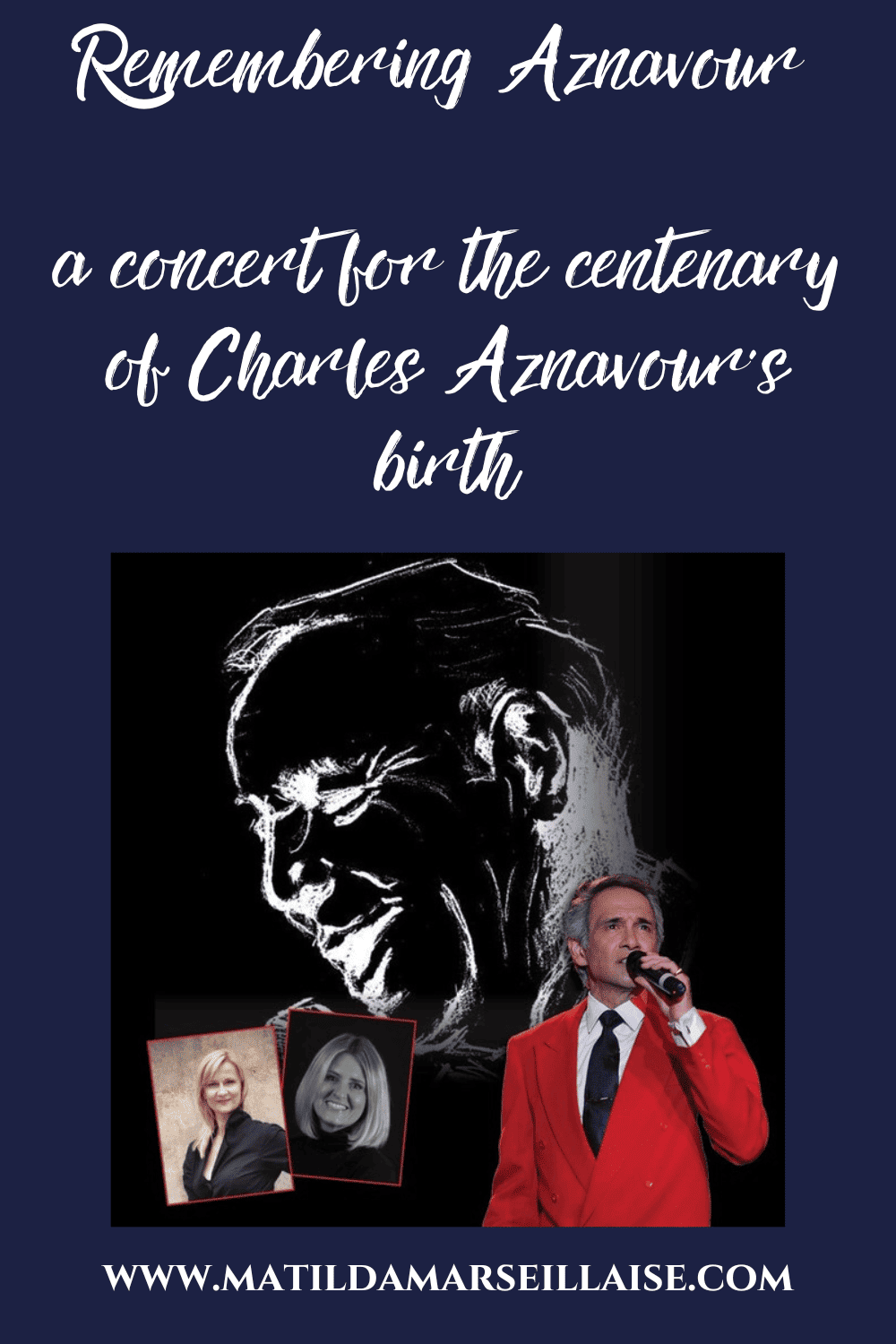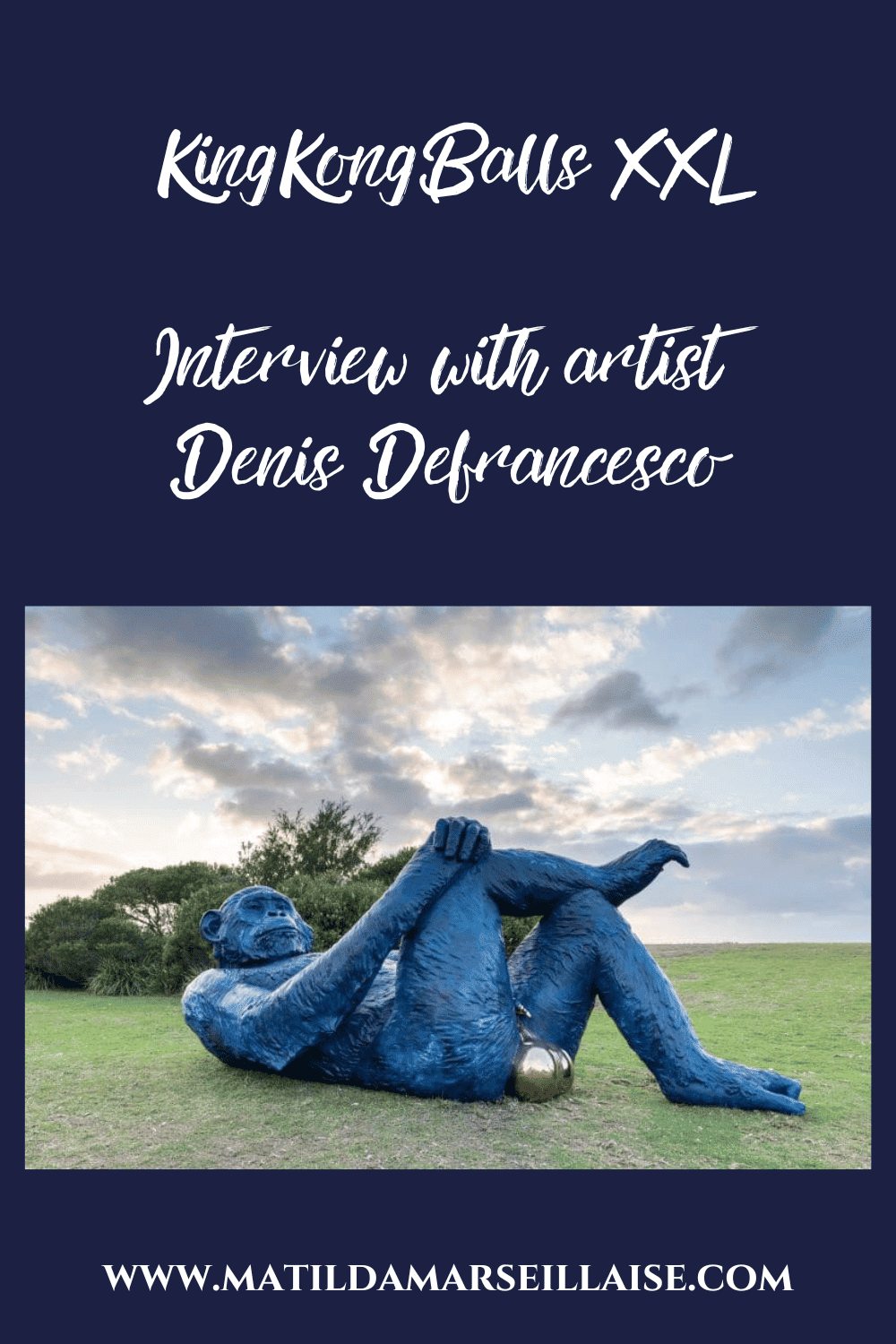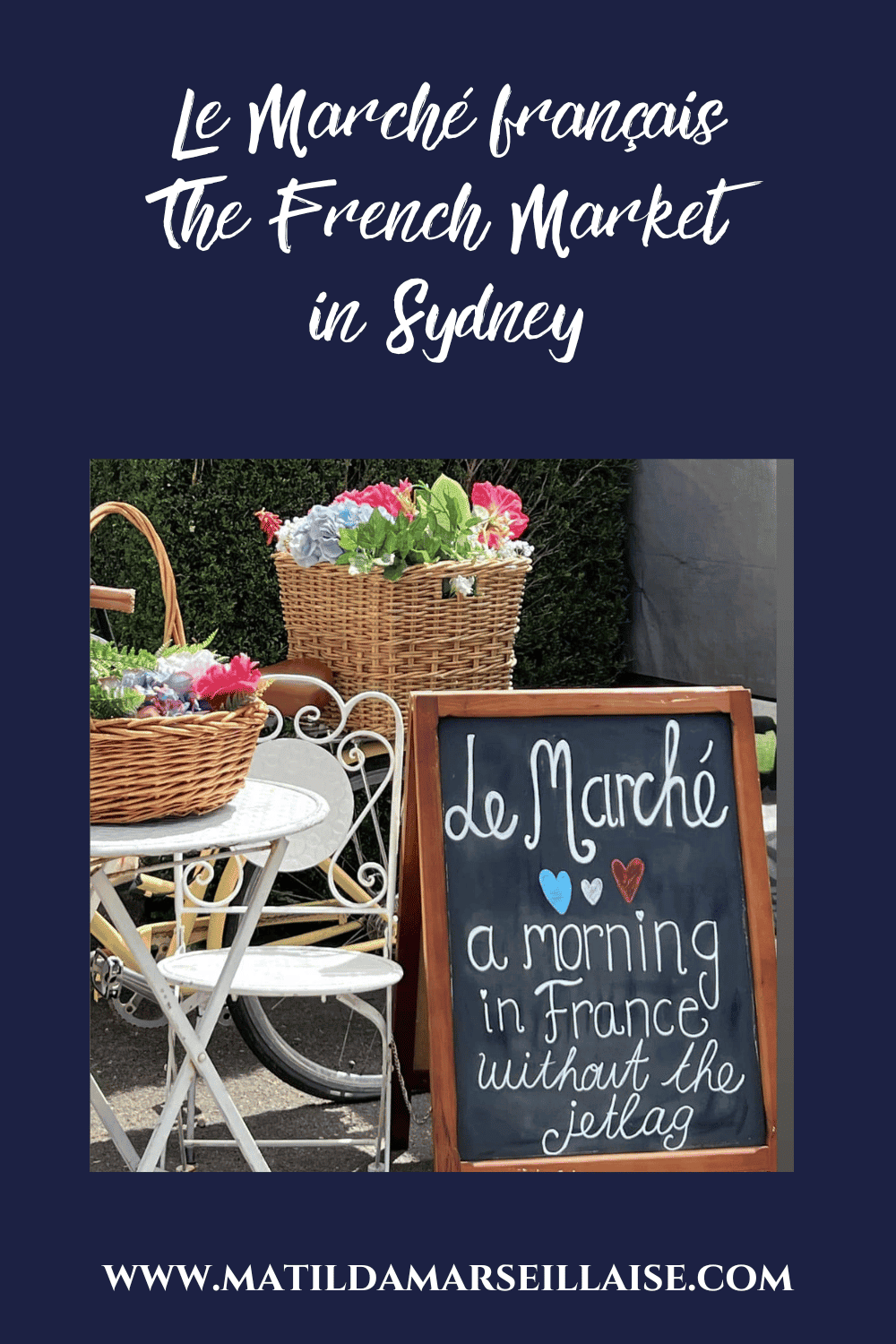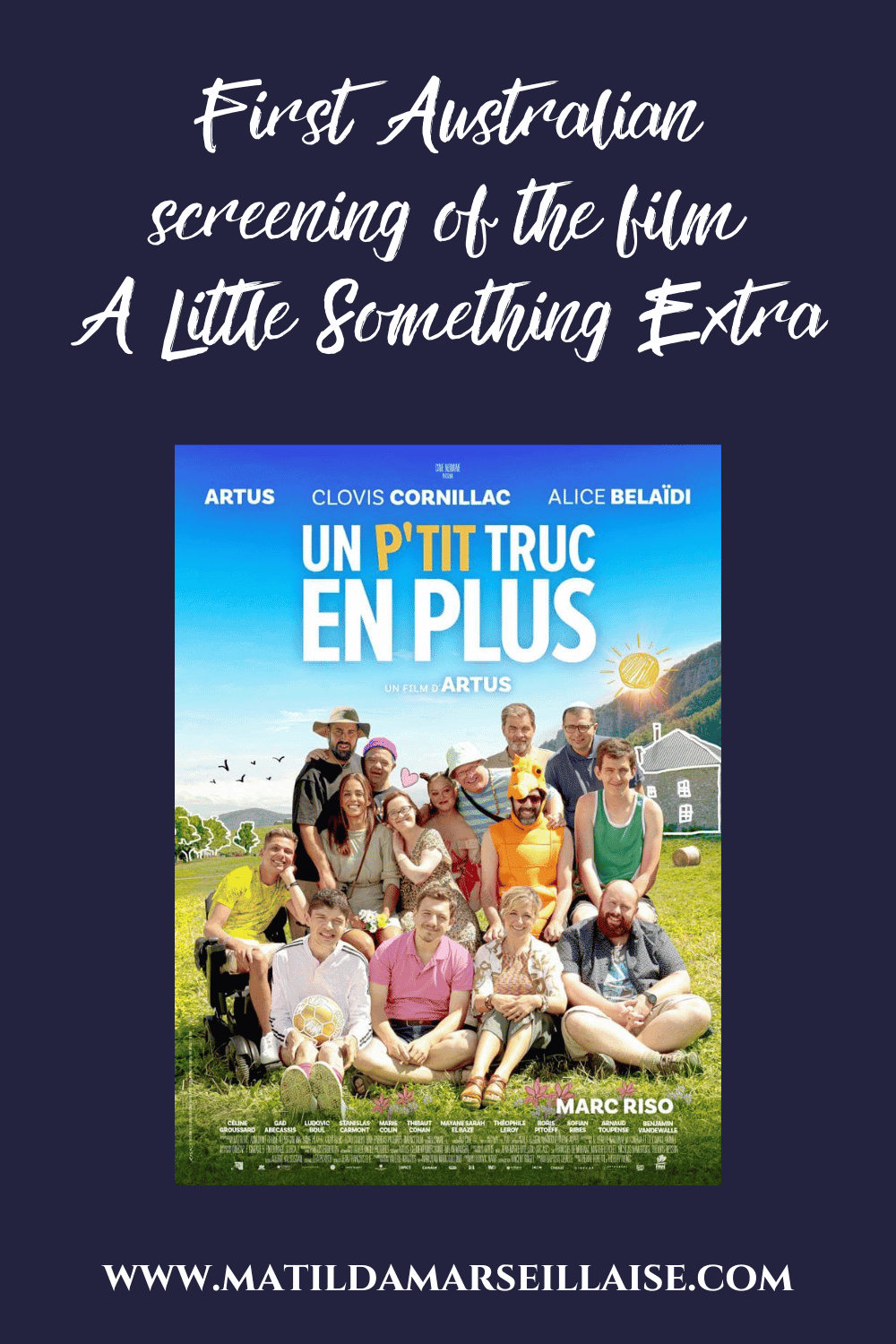Last Friday, we introduced you to Maestro Auguin, who is currently in Australia preparing for Opera Australia’s December production of 4 Wagner operas The Ring Cycle in Brisbane. This week, Maestro Auguin talks to us about Wagner’s music, in which he is a specialist.

Maestro Auguin, you are a specialist in the music of Wagner. Can you please tell us why these operas interest you?
Because they’re the richest works in existence, in terms of the complexity, beauty and all the love Wagner put into every note he wrote. And let’s say it’s the greatest monument dedicated to music combined with tragedy, and it’s been unsurpassed. It’s been equalled by Richard Strauss with Elektra, for example, and with The Woman without a shadow. And of course, that’s not to take anything away from Mozart’s wonderful opera, for example, or Verdi’s Otello and Falstaff, or Berg’s Votsec.
But even Debussy’s Pelléas et Mélisande… Debussy himself was really extremely influenced, and fascinated by Wagner for a very long time. Then he had to break away from it to write his own work. But even his work Pelléas et Mélisande is a reflection, albeit a distant and personal one, but a reflection of Wagner’s Parsifal. Wagner really influenced not just the Germanic, German or Austrian music that came after him, but had a huge influence for decades on all the music that was composed, even music that was composed after the 20s, 30s, 40s, 50s.
So, it’s a bit like the Himalayas. If you’re a mountaineer, you want to climb Everest, that’s it.
So, it’s about the challenge and it being the best of the best. The Ring Cycle is a cycle of four operas. And it’s one of the longest cycles?
Yes, it’s the longest. That is to say, other composers have tried to create works of immense dimensions, like Berlioz for The Trojans (Les Troyans), for example, which has two immense parts and six hours of music.
But the point is that it took Wagner 27 years to put the finishing touches to the work. So, between the moment he had the idea of composing and the moment he wrote the last note on the last day, it’s a work that progressed by inflorescence. It’s in much the same way as Marcel Proust foresaw that his major work would be 200 pages long, then 300, then 500, then 1200. Each time, and Marcel Proust didn’t know exactly how Wagner composed, because he didn’t know, he understood the essence of Wagner’s work, which is very similar to the essence of Marcel Proust’s work.
In other words, there’s an element that grows richer each time, that develops with variations, with an anticipation to explain where this thing comes from. Then a projection into the future to find out where this thing is going. And at the same time, the future of this thing is transformed in relation to what we had anticipated. That’s why there are so many similarities between Wagner’s works, like Tristan and Isolde for example, but even more strikingly, The Ring Cycle tetralogy, between Wagner’s work and Marcel Proust’s, because there’s exactly the same way of proceeding where the composer or author, over time, as he works and works, realises that to do it justice, an element needs to be explored much more deeply, and to do so needs more scope, more time, more space, a much wider framework to be exposed in all its truth.
Don’t be fooled by the names of Norwegian mythology as used by Wagner. If you really look at the reality of the story, from which he made his work, it has very, very little to do with what it has become. For example, in The Song of the Nibelungs, the main female figure, the figure of Kriemhild. which in German is Gutrune, which is in Wagner’s Twilight of the Gods, but in the legend from which Wagner drew his characters. I’m not even telling the story, but he completely changes the character of Brünnhilde, who becomes the main character of the tetralogy, whereas in The Song of the Nibelung, she’s only a threatening figure who disappears relatively quickly.

So, Wagner did something completely different with all this. He wanted to do something like the Iliad, in other words, a discussion between the gods about the destiny they have decided for humans. And at the same time, he wanted to set to music the Germanic legends that all children of the time knew from the legendary books, with images such as the Rainbow, the Castle of the Gods, Thor’s thundering hammer in the American films now Brandy the dragon, the fight with the dragon, the fire surrounding the Valkyries’ rock, the Valkyries riding through the sky.
All these things are part of the sort of images d’Épinal, one would say in French, that existed in 19th century Germany. And at the same time, Wagner wanted to turn it into an epic, both tragic and philosophical, which tells a story of the world and also tells of the future of humanity.
And is the story he tells just as relevant today?
Oh yes, even more so today than it was then, because since then, there’s been Wagner, there’s been Sigmund Freud. In reality, all the introspection of the characters and Wagner really delves into the motivations and drives of a character like Wotan, even the character of the Mime and the character of Alberich, the character of Brünnhilde, Sigmund, Sieglinde, all these people are put under the microscope of human psychology, human drives, and through the dimensions of the work, we can really see a human transformation in the true substance of the characters.
The most significant transformations are those of Brünnhilde and Siegfried. Siegfried goes through all the stages of the wild child, the young hero, the hero who betrays and, at the moment of death, rediscovers the truth about himself. Brünnhilde, on the other hand, starts out as a young girl who blindly follows an ideology, that of her father, then breaks away from it and, after wishing for the death of the woman he loves, takes up the torch left by her father and fulfils the destiny given to her by her father. But as a free person who recognises the reality of things and the need to free the world from the curse of metal.
All of these things are perfectly relevant today. And Alberich has all the profiles of the man who chooses revenge after suffering, and quite simply, becomes a fascist. He’s also a man who has always suffered because of pressure from others, and who desperately tries to get out of his predicament by making plans. And all these things are inside [Wagner’s Ring Cycle], plus mythological figures that are, you might say, only two-dimensional. But even the dimension of Fricka, Wotan’s wife, who is a kind of reincarnation of Juno or Hera, of the Greeks and Romans, with a Germanic name. In reality, she’s the one who sets things straight from the point of view of the hierarchy and order she wants to uphold.
All these profiles, all these characters, are things that have always existed, that still exist, and that pose the same questions for us as Shakespeare’s theatrical work.
And for the Brisbane production, the director is going to put Chinese mythology into it?
You can’t make a mistake when you talk about this. You have to realise that, for example, for a very long time, since 1945 at the latest, even before then, the director has been showing us things on stage that correspond to our way of seeing things.
Let me give you a few examples that may seem to be stating the obvious, but for example, when the first film ever made by the Lumière brothers was shown, there was the train entering La Ciotat station. You know that the people in the room got up and ran towards the exit because they thought there really was a train entering the projection room. Why was that? Because, before seeing this, no one had ever been confronted with an image that looked like this.
Our brains are constantly – and this is why we learn native and foreign languages – constantly comparing what we’ve seen, what we’ve understood, what we’ve heard with what’s happening right now. That’s why, for example, in Haydn’s or Mozart’s time, certain dissonances in music were extraordinary surprises. The audience would applaud because there was a note out of the ordinary. Now, when we listen to this music, we find it very beautiful, but we don’t have the same experience.
The first Jurassic Park film had a striking effect on everyone. Jaws, the first film, I remember very well, nobody went swimming in Nice at the time after seeing it! Then you see Jaws two, three, four, five, Jurassic World, and they get blunted because you start to get used to these things.
You have to realise that, in Wagner’s time, even if he was very unhappy with the cardboard cut-out and vulgar effects, the dragon was something that made as much of an impact musically as the first Jurassic Park with the dinosaurs. It was absolute terror. It was the first time we’d shown something like that on stage. Before that, it had never existed.
When we talk about the history of staging, there has been an evolution and then there has been an evolution in points of view. In other words, the work done by Richard Wagner’s grandson, Wieland Wagner, who was a brilliant director. From 1951 onwards, Wieland Wagner wanted to show what Wagner dreamed of, i.e. a minimum on stage with maximum effect, creating great tension with small elements and everything we could find, which had become a kind of jumble – the helmets, the tricks, the animal skins that spoke to the audience of 1876.

Well, of all that, we’d integrated it. We no longer needed to see certain things on stage to understand their value. And then you had the work of dramaturgy, which meant that there were several ways of showing the characters on stage, and you had this marvellous, fantastic, unforgettable production by Patrice Chéreau with Pierre Boulez at Bayreuth in 1976, where all of a sudden, all of the grounds, all of the characters on stage had a humanity that, until then, had never been shown. Quite simply because Patrice Chéreau, the greatest director of actors, prepared the role and was like a great tailor who made it to measure.
Then there was Harry Kupfer, who staged a marvellous production of the tetralogy, and Gotz Friedrich. In Berlin, I had the pleasure of conducting his production, where it was both modernity and the work at the same time. So, of course, I’m talking about things that have long since passed. Since then, we’ve gone to extremes, and you have very different trends, which means that the person you see on stage has nothing to do with the words being sung, nor with the character Wagner intended.
Quite simply, he’s in the music. You could say it’s a contrast, establishing an opposition rather than a kind of visual paraphrase. But in the meantime, there’s a phenomenon of things becoming blunted. So, there’s a kind of race to the extremes, and the production we’re about to see is really a kind of demonstration, through the beauty and accuracy of what is shown, of the essence of Wagner’s work. In other words, everything we’re going to see is going to be beautiful in the sense of both beautiful and just. So, of course, we’re not going to show a chimney where Wagner said in Odin’s first act, The Valkyrie, there’s a chimney on the left and then there’s a hole in the middle. It’s not going to be like that, but there’s a kind of identification between the visual and the decor, the light, the changes of scenery that are essential in Wagner.

It was Wagner who said “My art is the art of transition“. That’s why all Wagner’s transition scenes are so important musically. He took particular care, and you have the famous transitional music in Parsifal, for example, which actually has titles. Verwandlungsmusick his music in German is transition music.
We’ll certainly have visual influences from Chinese mythology, but basically, dragons were born in China, weren’t they? And that’s where the most dinosaur bones have been found historically. So, all these things come from an old imaginary background. But for example, in Wagner’s work, nowhere does he ever talk about dragons, he talks about riesenwurm, which literally translated is the giant worm, exactly like in the film and in the book Dune, and in Star Wars when there’s an expanse covered in sand, like the sand planet in Star Wars where all of a sudden there’s some kind of gigantic worm that comes out and tries to catch everyone with its monstrous mouth.
When I say dragons, you’re thinking of one thing, but Wagner never uses the word drahe, which is the word for dragon in German; it’s riesenwurm. So already in Europe, when we think of the act Siegfried in Wagner, we think of a dragon breathing fire with this and that. So, these are all images that feed into the production. What we’ll see on stage will, I’m sure, be in counterpoint and also in osmosis with the music.
It’s interesting that there’s no dragon, but we’ve created these characters. Just to finish, why do you recommend that people go to see The Ring Cycle?
Because it’s an irreplaceable experience. And one that will be unforgettable. Because you can’t know what it’s like beforehand. In normal life, you’re never confronted with something like this. Psychological time, as we know, can be stretched or shortened. There are unpleasant moments, which stretch out. And very pleasant moments, which go by so quickly in life.
Well, in this case, it’s not just a pleasant moment, it’s an exceptional moment that will suddenly make you feel as if you’ve been on another planet during the 2 and a half hours of the performance. It’s really the hearing, the music, what passes through the ear canal that starts in the composer’s brain, then passes through the conductor’s brain, the musicians’ brains, and goes into the listener’s brain. It’s a wealth of information. It’s a kaleidoscope that’s part of ourselves. It’s an experience you’ll never forget, and you’ll be not only happy, but glad you did [attend the performance].
—
We again thank Maestro Auguin for this interview and will bring you the third and final instalment of it next week where he discusses the significance of the length and staging of Wagner’s The Ring Cycle
KEY INFO FOR THE RING CYCLE WITH MAESTRO AUGUIN
WHAT: The Ring Cycle with Maestro Auguin as conductor
WHERE: The Lyric Theatre, QPAC, BRISBANE
WHEN: You can choose from three different cycles for this series of four operas.
Cycle 1; Dec. 1, 2023 7pm, Dec. 3, 2023 1pm, Dec. 5, 2023 5pm, Dec. 7, 2023 4pm
Cycle 2: Dec. 8, 2023 7pm, Dec. 10, 2023 5pm, Dec. 12, 2023 5pm, Dec. 14, 2023 4pm
Cycle 3: Dec. 15, 2023 7pm, Dec. 17, 2023 5pm, Dec. 19, 2023 5pm, Dec. 21, 2023 1pm
HOW: The Ring Cycle is a special event, sold either as a series of four operas, or as individual operas.
You can buy tickets for all four operas as a complete cycle, with the same seat for each opera. These performances have been rescheduled from last year, so many seats have already been purchased. The best availability is in cycle 3.
Ticket buyers will now have the option to build their own variable package, for those wanting to view more than one production, and to mix and match dates across the three-week season.
You can purchase tickets via this link
HOW MUCH: Tickets are available for complete cycles of four operas (or for individual operas). There are no concessions. Ticket prices for the full cycle are as follows:
- Premium $2360
- Reserve A $1960
- Reserve B $1200
- Reserve C $520
Tickets to the individual Ring operas (single tickets) start at $165 and bookings of two or more performances qualify buyers for a discounted rate. Reserve Single tickets pricing are as follows (before any discounts for purchasing tickets to several productions):
- Premium $625
- A Reserve $525
- B Reserve $335
- C Reserve $165
—
For events with links to France and the Francophonie, check out our What’s on in November.






